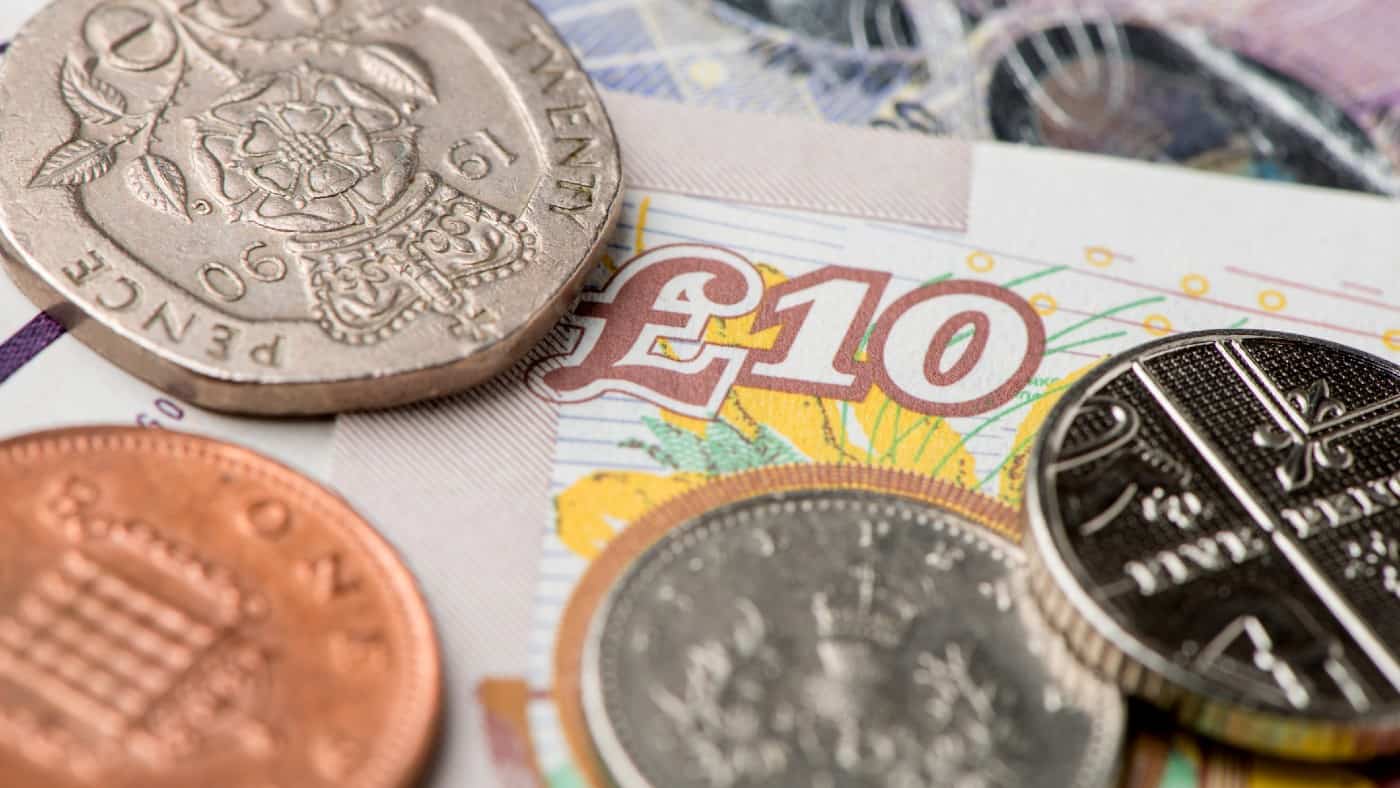Image source: Getty Images
As an investor, I like long-term share price growth. Along the way though, I am happy to earn passive income streams in the form of dividends. Indeed, dividends are one of my main reasons to invest in some FTSE 100 and FTSE 250 companies.
Looking across the FTSE 250 at the moment, one of the companies with the highest dividend yield is NextEnergy Solar Fund (LSE: NESF). At the moment, the yield is 10.4%.
That means if the dividend per share is maintained at its current level, investing £100 today would hopefully earn me £10.40 in dividends each year.
So should I go for it?
Always look at the source of income – and sustainability
When considering adding an income share to my portfolio, I always look not only at what it pays now but what I think it is likely to pay in future.
After all, dividends are never guaranteed. One of the top dividend payers in the FTSE 250 today may not maintain that status in future (for a recent example, consider Diversified Energy and its recent dividend cut).
NextEnergy’s current yield is based on its most recent quarterly dividend level, which at 2.1p was a small step up from the level paid out last year. Indeed, the share has increased its annual dividend per share each years for a few years in a row now.
Last year though, saw the business swing from a £48m post-tax profit to an £8m loss.
This year, it has said it is targeting a dividend of 8.43p per ordinary share. That would be a modest rise over last year’s total – but still a rise. It expects to cover that dividend between 1.1 and 1.3 times. That is narrow coverage – but it is coverage nonetheless.
Debt-heavy balance sheet
Some of the moves the company has been making could help it improve future dividend coverage. For example, it has been buying back its own shares. Not only should that reduce the total amount it needs to spend on dividends in future, but it could also be value-creating at the FTSE 250 share currently sells for a discount of around 19% to its net asset value.
That sort of discount is not exceptional. But it is still high and does give me pause for thought. So too does NextEnergy’s balance sheet. Ignoring its preference shares, the company has £327m of debt. Against a market capitalisation of £473m that looks uncomfortably high to me.
If NextEnergy can return firmly to profitability I would feel more comfortable about the long-term prospects for its dividend. Narrowing the discount to net asset value could help shareholders, while asset sales could help sustain the dividend in the short and medium terms.
Set against that though, are the risks that come with high debt levels. Selling assets helps the balance sheet for now, but has longer-term implications for the dividend.
So although I like its yield, the long-term outlook here makes me think NextEnergy Solar fund is not the best FTSE 250 income share I could own and will not be buying it.
Credit: Source link













